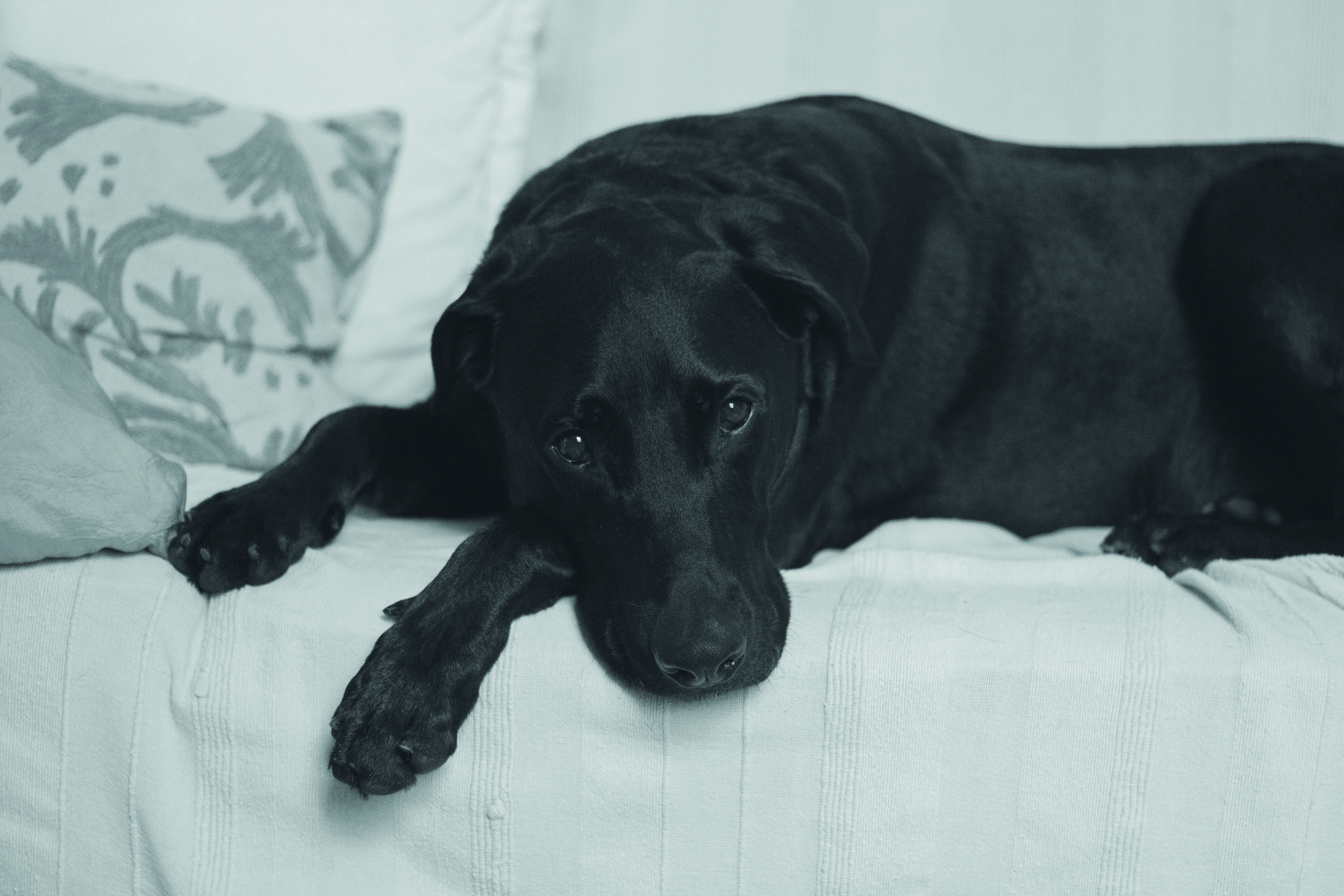
Current reports say that we are in for a cold Christmas and we might even get snow. After indulging at the Christmas table one of the great seasonal pleasures is to take a long family walk and having a dog only adds to the experience. If the weather is really cold or wet, a few precautions will ensure you have a healthy and happy Christmas all round.
Slippery snow and ice
Many of us seem to go stir crazy in the snow and decide to give our dog the equivalent of a year’s worth of aerobic exercise. We break out the ball chucker and run the dog until he can run no more. If your hound is already as fit as the proverbial butcher’s dog you might just get away with this sudden burst of extreme exercise. However, for those that gently walk their dog a few times a week this way disaster lies. The biggest risk is often to the cruciate ligament and this major injury will not only blow your bank balance but put your dog on crate rest for many weeks and even months. Mud, wet, snow and ice all create ideal conditions for dogs that run at full pelt to slip and slide as they try to make contact with the ball. It is this twisting action that places such force on ligaments that damage can occur.
By all means walk in the snow and wet but instead of sending your dog rocketing out after multiple throws of a ball, try throwing the ball out and telling him to ‘leave’. This way the ball lands and is stationary before you release your dog to go after it. The dog goes into seeking rather than chase mode; he’s more likely to amble over to where he saw the ball land and use his nose to locate it. Not only is this game very satisfying and tiring, it teaches your dog self- control. If you do not have a strong ‘leave’ cue have your dog on a line or lead before releasing him to go after the ball.
Another option is to teach your dog ‘find’. What could be more fun than finding items buried in snow or leaves. Your dog will, if anything, be more tired after a good game of ‘find’ outdoors than wildly chasing a ball.
Salted areas, ice and paws
When the thermometer dips below freezing the salt and gravel trucks are out in force. Do look out for the tell-tale signs of salted paths and roads. Salt that gets into tiny cuts on pads or between pads will sting and hurt, it can also trigger a rash. If your dog is small you can carry him past the salted areas. Alternatively, consider protective bootees. Ensure you wash your dog’s paws when you return home.
Owners of dogs with hairy feet should watch out for hard ice balls that can develop between the digits, under the pads. This can be incredibly painful and it may appear as though your dog has gone temporarily lame. Having a small flask of warm water and a cloth can mean you are able to remove the balls in situ.
Muddy conditions
Many of us will happily walk our dogs in the rain and mud and so we should. A pavement walk home can get rid of most of the mud but it is a good idea to wash paws on your return. Dogs with muddy paws can end up with ear infections because they have scratched and mud enters the ear canal.
Antifreeze
Beware, some people think antifreeze is a great way to clear ice from the path. It can also drip off car windscreens. Antifreeze tastes like honey to dogs and cats and it will kill them. Do not let your pets lick road or path surfaces or puddles.
Coats
Unless your dog is a young, hairy beast think about a coat for very cold, windy or rainy weather. Dogs with single coats or elderly and sick dogs will thank you.
Merry Christmas!
By Leonie St Clair
www.londondogstraining.co.uk
This article first appeared in the December 2017 issue of SE22 magazine

